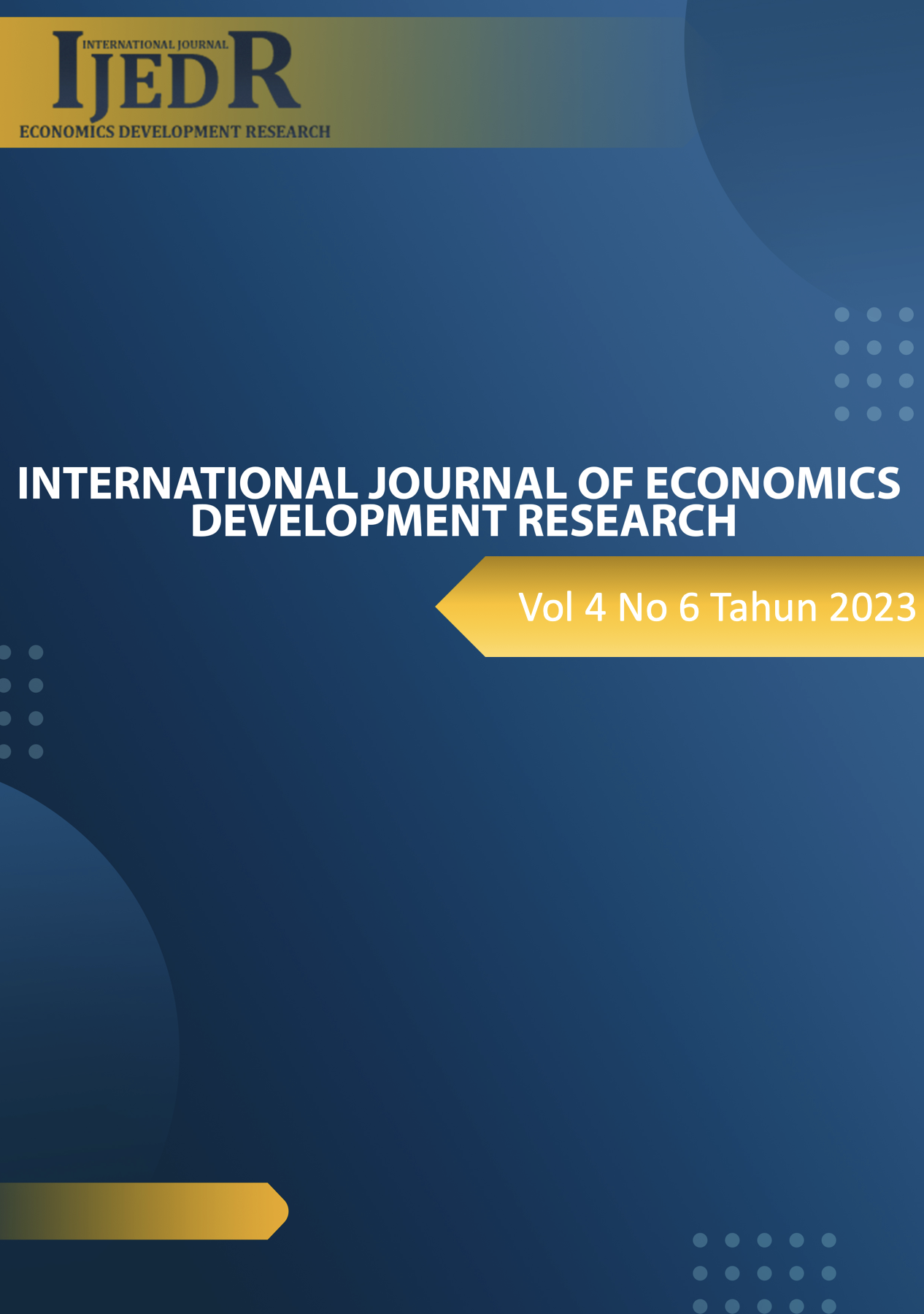Connections Unveiled: A Bibliometric Study of Relationship Marketing
DOI:
https://doi.org/10.37385/ijedr.v5i2.3905Keywords:
Relationship Marketing, Bibliometric Analysis, Performance Analysis, Intellectual Structure Analysis, Knowledge Structure Analysis, Conceptual Structure AnalysisAbstract
Over the past four decades, relationship marketing has captured the interest of scholars, resulting in a vast amount of literature. Thus, the field merits a review article that can help scholars navigate the cumulated research. This study employs bibliometric analysis of the Scopus database from 1987–2022. The data was then analysed using Microsoft Excel, R software’s “bibliometrix” package, and the Publish or Perish applications. The results reveal key trends as well as the intellectual, knowledge, and conceptual structure in the field that give scholars a comprehensive outline of the relationship marketing field as well as insights about future research.
References
Christopher, M., Payne, A.F.T. and Ballantyne, D. (1991) Relationship Marketing: Bringing Quality, Customer Service and Marketing Together. Butterworth Heinemann/CIM, Oxford.
Cobo, M. J., López-Herrera, A. G., Herrera-Viedma, E., & Herrera, F. (2011). An approach for detecting, quantifying, and visualizing the evolution of a research field: A practical application to the Fuzzy Sets Theory field. Journal of informetrics, 5(1), 146-166.
Cortez, R. M., Johnston, W. J., & Ehret, M. (2023). “Good Times–Bad Times”–Relationship marketing through business cycles. Journal of Business Research, 165, 114063.
Donthu, N., Kumar, S., Mukherjee, D., Pandey, N., & Lim, W. M. (2021). How to conduct a bibliometric analysis: An overview and guidelines. Journal of business research, 133, 285-296.
Garbarino, E., & Johnson, M. S. (1999). The different roles of satisfaction, trust, and commitment in customer relationships. Journal of marketing, 63(2), 70-87.
Hidayat, K., & Idrus, M. I. (2023). The effect of relationship marketing towards switching barrier, customer satisfaction, and customer trust on bank customers. Journal of Innovation and Entrepreneurship, 12(1), 1-16.
Jayaswal, P., & Parida, B. (2023). Past, present and future of augmented reality marketing research: a bibliometric and thematic analysis approach. European Journal of Marketing, 57(9), 2237-2289.
Khare, A., & Jain, R. (2022). Mapping the conceptual and intellectual structure of the consumer vulnerability field: A bibliometric analysis. Journal of Business Research, 150, 567-584.
Kotler, P. (1992). Marketing's new paradigms: What's really happening out there. Planning review, 20(5), 50-52.
Kotler, P., Keller, K., & Chernev, A. (2021). Marketing Management(Global Edition (16t h ed.)).
Kumar, S., Xiao, J. J., Pattnaik, D., Lim, W. M., & Rasul, T. (2022). Past, present and future of bank marketing: a bibliometric analysis of International Journal of Bank Marketing (1983–2020). International Journal of Bank Marketing, 40(2), 341-383.
Morgan, R. M., & Hunt, S. D. (1994). The commitment-trust theory of relationship marketing. Journal of marketing, 58(3), 20-38.
Palmatier, R. W., Dant, R. P., Grewal, D., & Evans, K. R. (2006). Factors influencing the effectiveness of relationship marketing: A meta-analysis. Journal of marketing, 70(4), 136-153.
Payne, A. F., Storbacka, K., & Frow, P. (2008). Managing the co-creation of value. Journal of the academy of marketing science, 36, 83-96.
Payne, A., & Frow, P. (2017). Relationship marketing: looking backwards towards the future. Journal of services marketing, 31(1), 11-15.
Sheth, J. (2017). Revitalizing relationship marketing. Journal of Services Marketing, 31(1), 6-10.
Y?ld?r?m, Y., Amarat, M., & Akbolat, M. (2022). Effect of relationship marketing on hospital loyalty: the mediating role of patient satisfaction. International Journal of Pharmaceutical and Healthcare Marketing, 16(3), 337-353.





